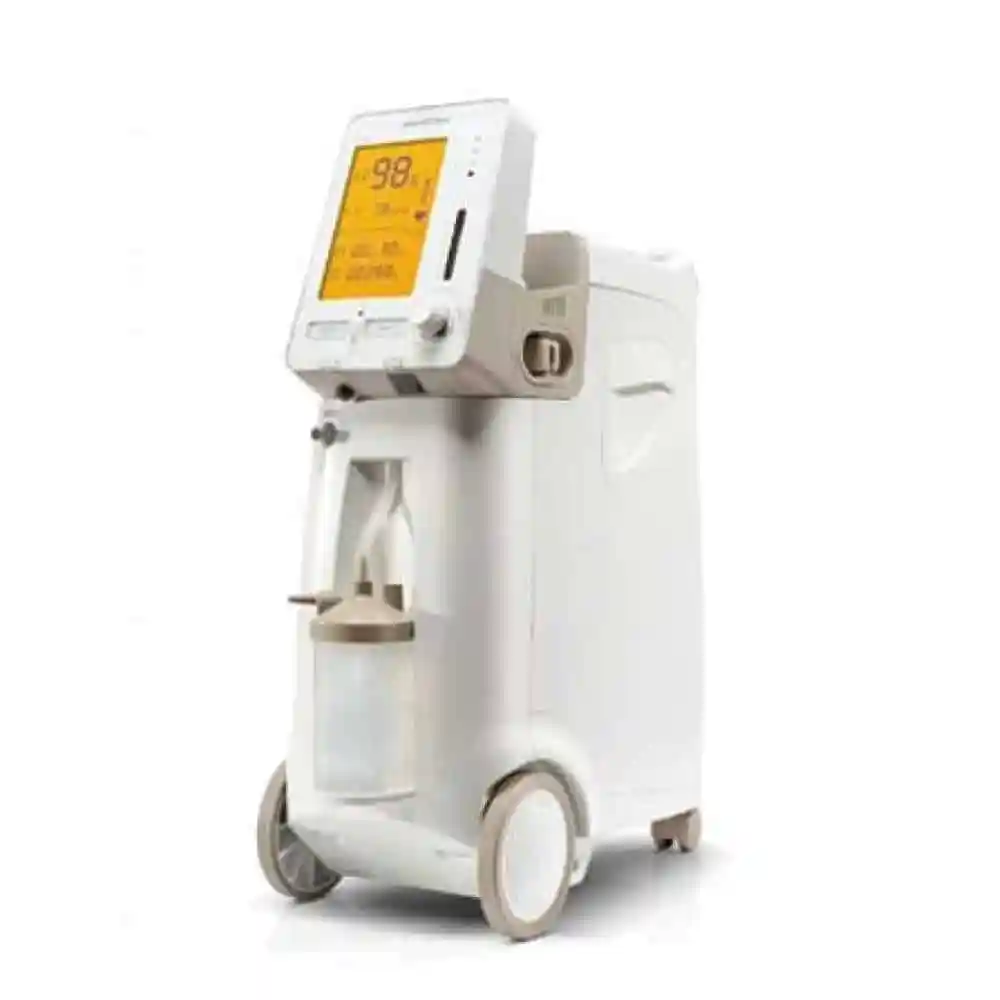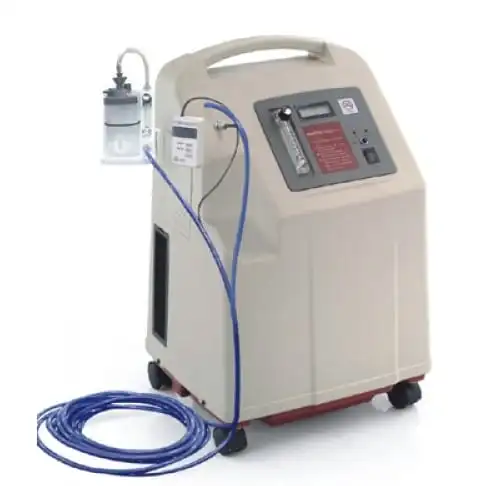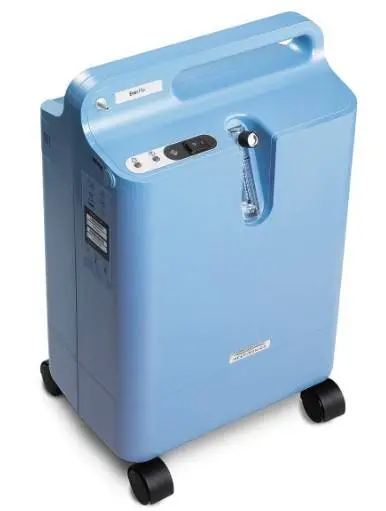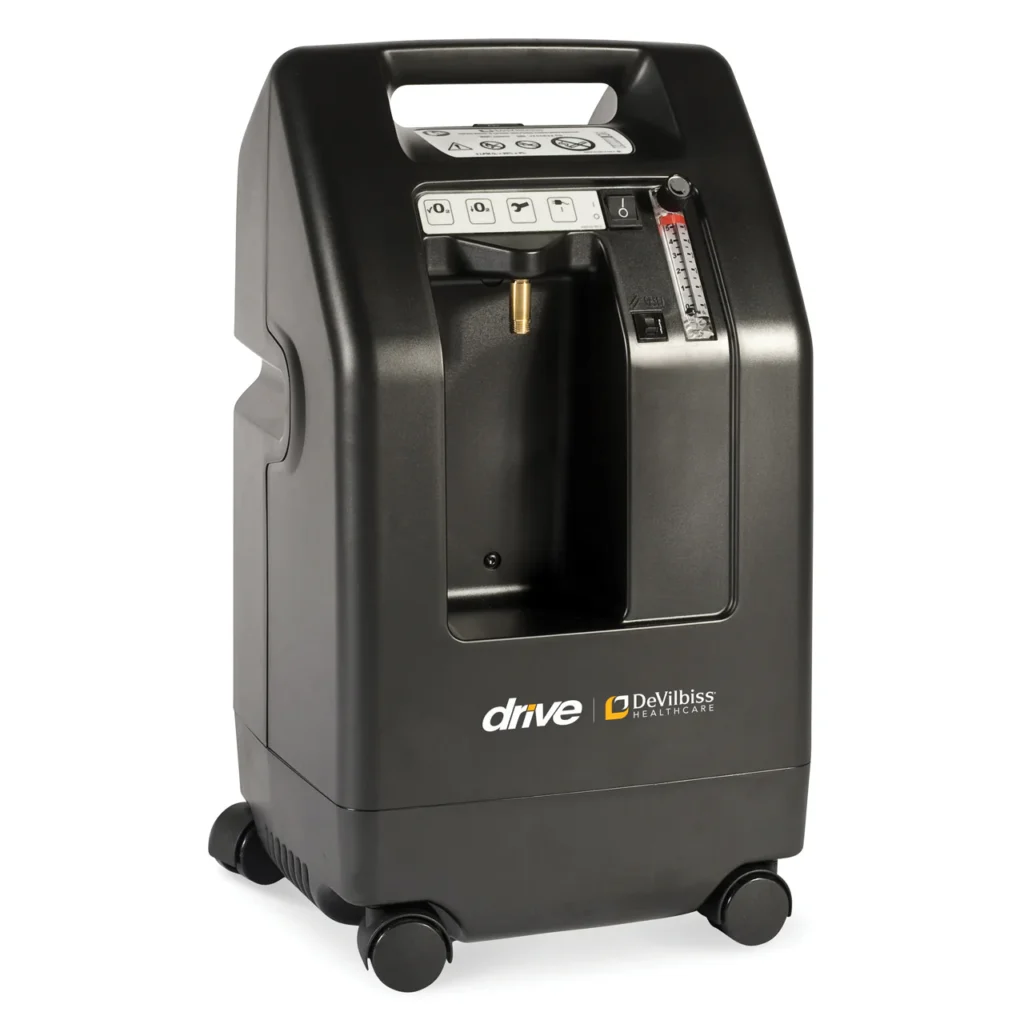Affordable Oxygen Concentrators at Your Doorstep in Lahore, Karachi & Islamabad
Looking For Affordable Oxygen Concentrators? Contact: 03196592050
Health Ease's Oxygen Concentrators Line
What are Oxygen Concentrators?
Oxygen concentrators are medical devices designed to provide oxygen to individuals who have lower levels of oxygen in their blood than what is required for healthy functioning. These devices work by drawing in ambient air, compressing it, and removing nitrogen to deliver purified oxygen at higher concentrations. This oxygen is then delivered to the user via a nasal cannula or mask, facilitating easier breathing. Oxygen Concentrators Lahore Karachi Islamabad.
Primary Function in Medical Settings
In medical settings, oxygen concentrators are crucial in treating patients with breathing disorders such as chronic obstructive pulmonary disease (COPD), asthma, pneumonia, and COVID-19, where oxygen levels in the blood can significantly drop. They are used in hospitals and home settings, enabling long-term oxygen therapy for patients requiring supplemental oxygen over extended periods. Unlike traditional oxygen tanks, concentrators do not need to be refilled; they continuously produce oxygen as long as they have power, making them a more convenient and cost-effective solution for long-term oxygen therapy.
Use in Non-Medical Settings
While primarily used in medical contexts, oxygen concentrators also find applications in non-medical settings. They are used in high-altitude settings where the air is thinner and contains less oxygen, such as in aviation and high-altitude sports training facilities. Additionally, they serve various industrial purposes, including water treatment, aquaculture, and the production of certain chemicals that require high-purity oxygen.
How Do Oxygen Concentrators Work?
Oxygen concentrators are vital medical devices that provide supplemental oxygen to individuals requiring breathing support. Unlike traditional oxygen tanks that store a finite amount of oxygen gas, concentrators filter and produce oxygen continuously from the ambient air. The mechanism behind oxygen concentrators involves several key processes: air filtration, nitrogen removal, and oxygen concentration.
Air Filtration
The first step in the operation of an oxygen concentrator is drawing air from the surrounding environment. This air, which is a mixture of approximately 78% nitrogen, 21% oxygen, and 1% other gases, enters the device through an intake vent. It then passes through a series of filters. These filters are designed to remove dust, particulates, and other impurities from the air, ensuring that only clean air proceeds to the next stage of concentration.
Nitrogen Removal
The core technology enabling oxygen concentration is a molecular sieve, which is often composed of materials like Zeolite. This sieve has the unique property of preferentially absorbing nitrogen from the air. When air passes through the sieve under pressure, nitrogen molecules are trapped and held in the sieve material. This process significantly reduces the nitrogen content of the air, leaving behind a higher concentration of oxygen along with a small percentage of other gases.
Oxygen Concentration
Once the nitrogen is removed, the resulting gas mixture is enriched in oxygen, typically comprising up to 90-95% oxygen, depending on the efficiency of the concentrator. This oxygen-enriched air is then delivered to the patient through a mask or nasal cannula for therapeutic use.
The concentrator operates in cycles. After a cycle of nitrogen absorption, the pressure in the sieve is reduced, allowing the trapped nitrogen to be released back into the air through an exhaust vent. This regenerative cycle allows the molecular sieve to be reused continually, making oxygen concentrators an efficient and sustainable option for oxygen therapy.
Therapeutic Use
Oxygen concentrators are used in various settings, from hospitals to homes, providing essential breathing care for individuals with conditions that impair their ability to absorb or utilize oxygen efficiently. These devices can be adjusted to deliver oxygen at different flow rates, tailored to the specific needs of each patient.





